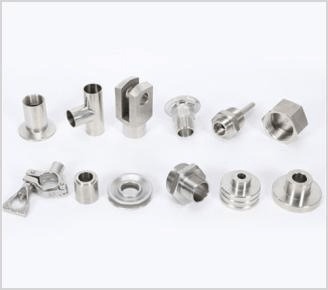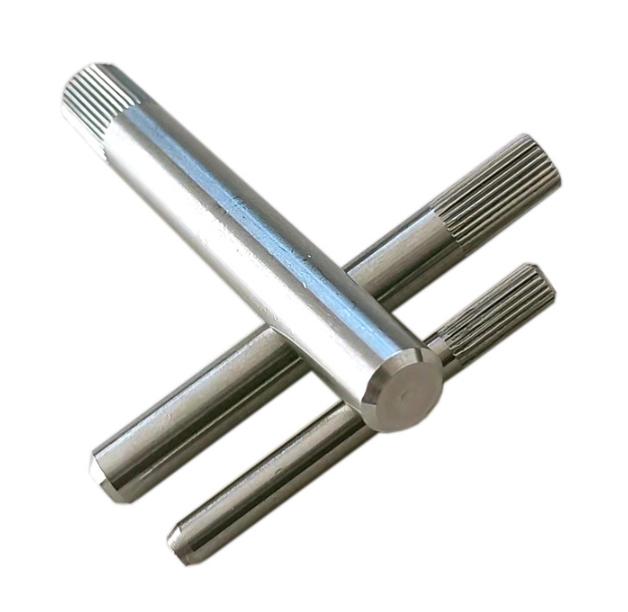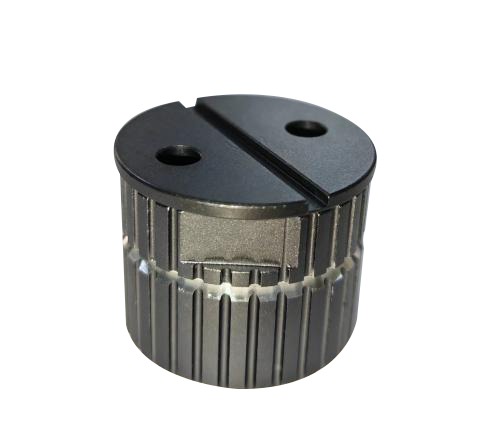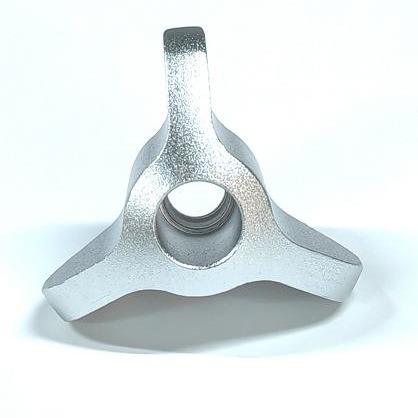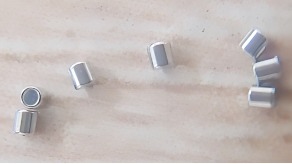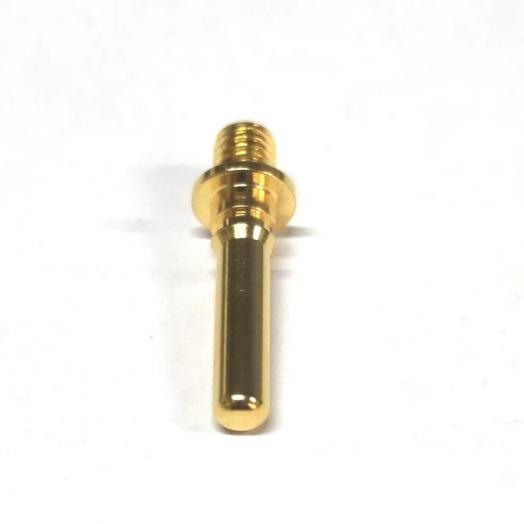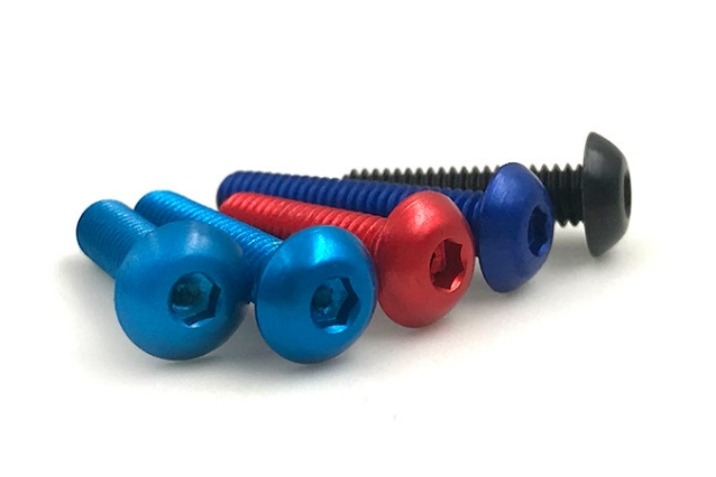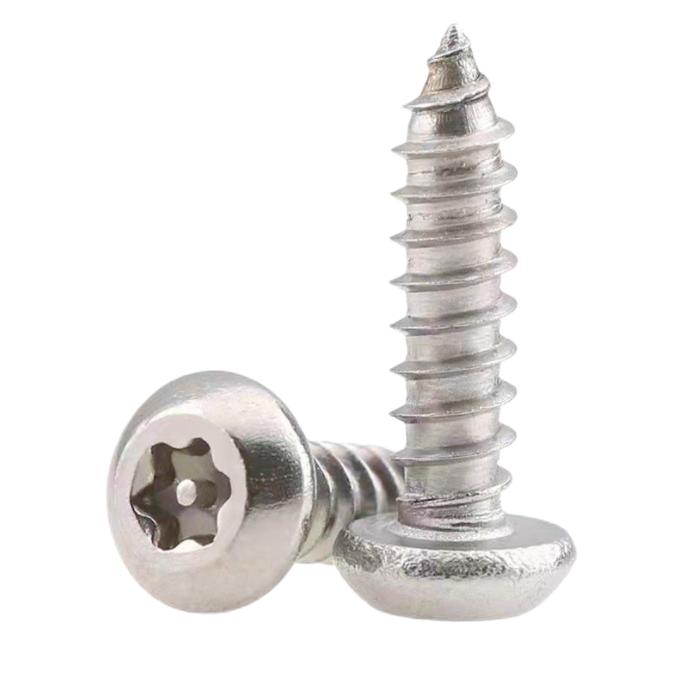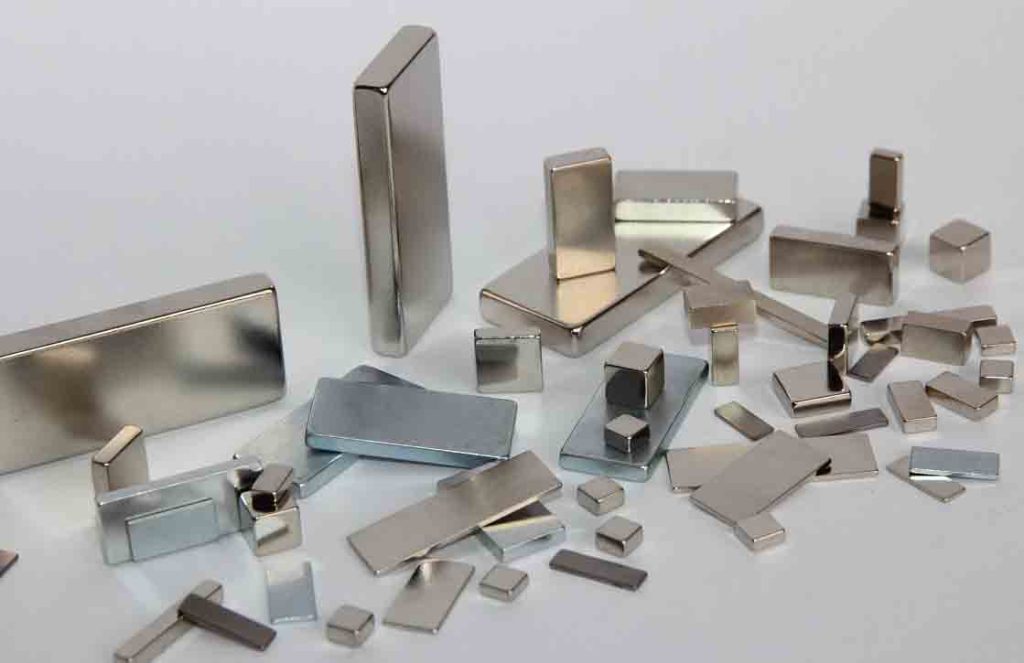3 Tips for CNC Machining Tools
CNC machining is a complex process, that needs to use of different machine tools, different materials, different cutting tools, and different cutting methods. Here we introduce you to some useful tips about CNC machining tools summarized from experience in the long-term actual production process for your reference.
Tip 1: How To Determine The Cutter Point of CNC Machining Tools?
1. The cutter point can be set on the part to be processed, but note that the settled point must be the reference position or the position that has been finished. Sometimes the cutter point is damaged after the first process, which will lead to the second process and the subsequent cutter point can not be found. Therefore, when setting the cutter in the first process, note that a relative cutter position should be set at the place that has a relatively fixed dimension relationship with the positioning reference, In this way, the original cutter point can be found according to the relative position relationship between them. This relative cutter point position is usually set on the machine tool workbench or fixture.
The selection principles are as follows:
- Easy to find
- Easy programming
- The cutter point error is small
- Convenient inspection during the processing
2. The origin position of the workpiece coordinate system is set by the operator himself. It is determined by the cutter point after the workpiece is clamped. It reflects the distance and position relationship between the workpiece and the zero point of the CNC machine tool. Once the workpiece coordinate system is fixed, it generally does not change. The workpiece coordinate system and the programming coordinate system must be unified, that is, during CNC machining, the workpiece coordinate system and the programming coordinate system are consistent.
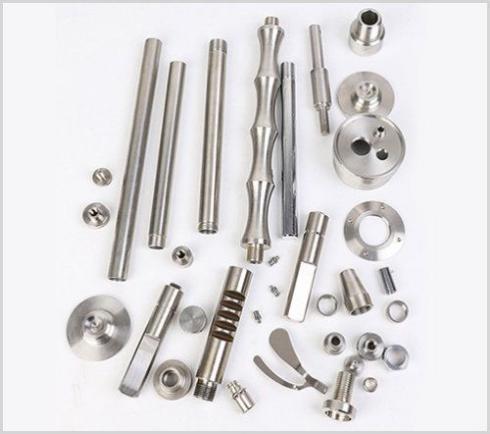
Tip 2: How To Select The Tool Path Of CNC Machining Tools?
The tool path refers to the path and direction of the tool relative to the workpiece to be machined in the CNC machining process. The reasonable selection of the processing path is very important because it is closely related to the processing accuracy and surface quality of parts. The following points shall be considered when determining the tool path:
- Ensure the machining accuracy requirements of parts.
- Facilitate numerical calculation and reduce programming workload.
- Seek the shortest processing path and reduce the empty tool time to improve processing efficiency.
- Try to reduce the number of program segments.
- To ensure the roughness of the workpiece contour surface after machining, the final contour shall be processed continuously by the last tool.
- The forward and backward path of the tool should also be carefully considered to minimize the tool marks caused by the tool stopping at the contour which will cause elastic deformation and also avoid scratching the workpiece due to vertical cutting on the contour surface.
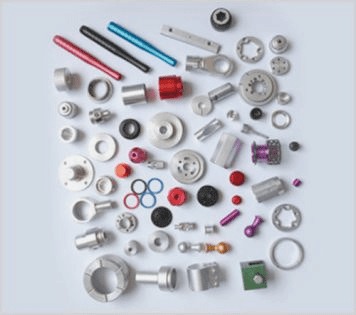
Tip 3: How to Select CNC Machining Tools?
1. During plane milling, a non-regrinding carbide end milling cutter shall be selected. In general milling, it is best to use the second cutting path. The first cutting path is best to use the end milling cutter for rough milling, and the cutting path is continuous along the surface of the workpiece. The recommended width of each tool run is 60% – 75% of the tool diameter.
2. End milling cutters and end milling cutters with carbide inserts are mainly used for machining the boss, groove, and box face.
3. Ball cutter and round cutter are often used to process curved surfaces and variable bevel profiles. Ball cutters are mostly used for semi-finishing and finishing. Round cutters with tungsten carbide are mostly used for roughening.
4. There are three main factors of cutting parameters, which include cutting depth, spindle speed, and feed speed. The general principle for selecting cutting parameters is less cutting and fast feeding.
The 3 tips above are the experience we want to share with you. KENENG has many years experiences of CNC machining and surface finishing for high-precision metal shell and precision hardware CNC cutting.
For CNC processing, KENENG provides Milling, Turning, Drilling, Threading, Tapping, EDM and Wire EDM, Custom Finishing, Prototyping, Small Batch or One-off Parts Machining, and Modification of Existing Parts services.
We will use high-precision measurement tools and advanced video equipment for the inspection of all parts and processes from incoming material to final inspection. KENENG ensures that only qualified products are sent to our customers. If you are interested in our products or need a CNC machining service, believe KENENG is your best choice.

